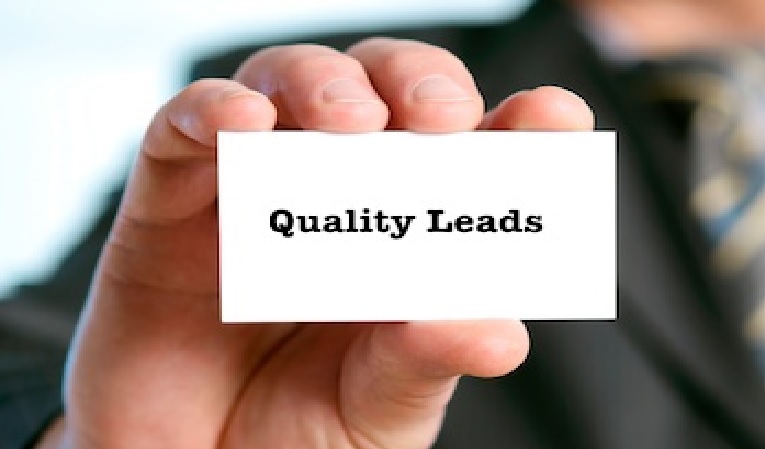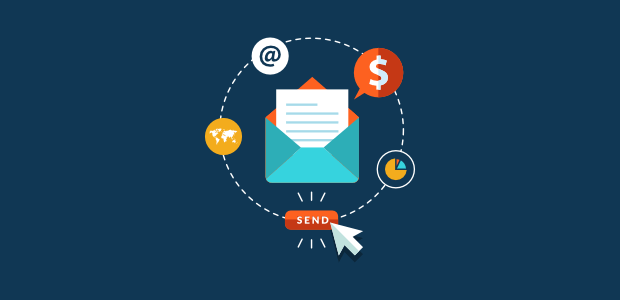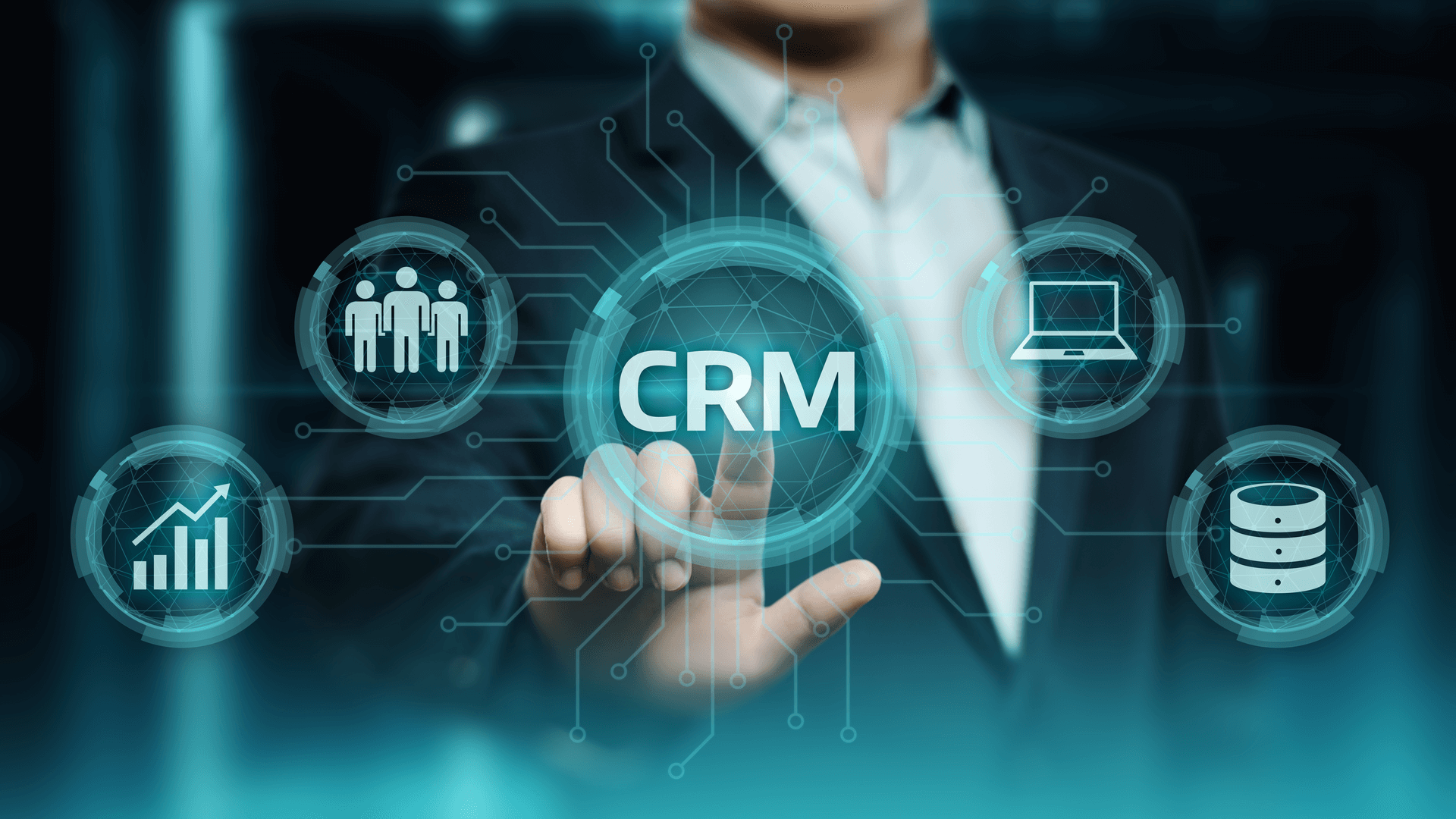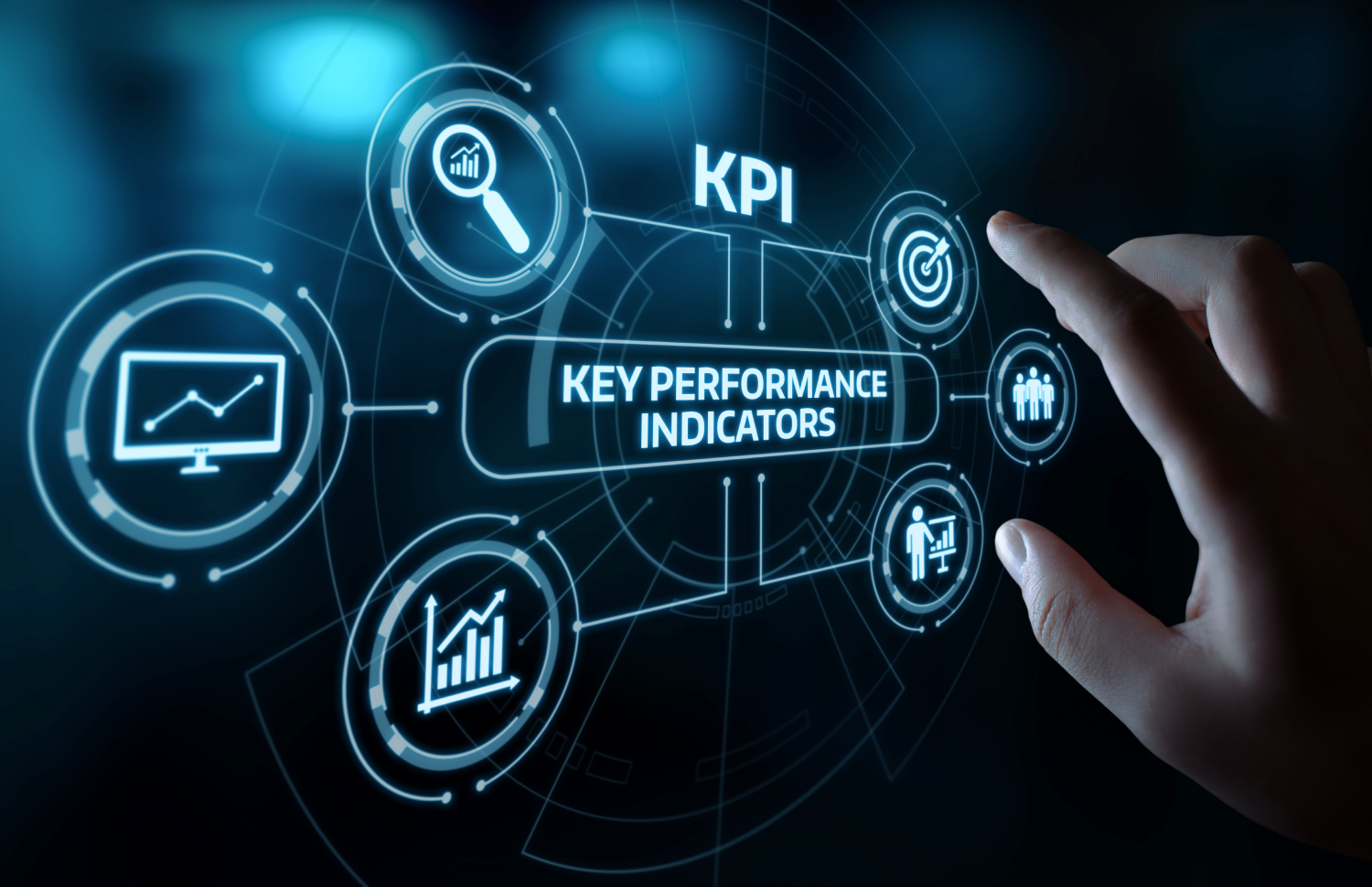Maximizing ROI through Quality Lead Generation
Your success, in any business operation, hinges on your ability to consistently generate high-quality leads that can be converted into revenue. Quality leads are those that match your target customer profile and have a higher likelihood of progressing through the sales funnel to ultimately make a purchase.
Instead of viewing expenses purely as outlays, savvy businesses recognize that strategic investment in lead generation and nurturing can result in a considerable positive correlation between spending and revenue. Conversion thus becomes the key metric, transforming potential contacts into actual customers, thereby driving the financial success of your lead generation efforts.
Understanding the nuances of lead generation and its financial impact is vital. By focusing on the right strategies to attract and nurture these potential customers, you streamline your sales process and optimize your resources for maximum return on investment.

Photo by Mikhail Nilov on Pexels
Understanding Lead Generation and Its Significance
Lead generation is the lifeblood of your business, intricately tied to boosting sales and revenue. By focusing on acquiring quality leads, you set your business on a trajectory of improved conversion rates and a robust Return on Investment (ROI).
Defining Quality in Lead Generation
Quality leads are prospects that have a higher likelihood of becoming paying customers. For your business to thrive, it's not just about the quantity of leads you generate but the relevance and potential of each lead to convert. This means identifying individuals or entities that have expressed a genuine interest in your products or services and have a significant potential to complete a purchase.
Calculating ROI and Conversion Rates
To calculate ROI in lead generation, you need to measure the cost of acquiring leads against the revenue generated from those leads:
1. ROI = (Revenue from Leads - Cost of Lead Acquisition)/Cost of Lead Acquisition
Understanding your conversion rates is equally crucial. This metric reflects the percentage of leads that have taken the desired action—be it signing up for a newsletter or making a purchase:
2. Conversion Rate = (Number of Conversions/Total Number of Leads) * 100%
High-quality leads generally result in higher conversion rates, directly impacting your business's bottom line by optimizing the sales cycle and magnifying revenue gains.
Strategies for Acquiring High-Quality Leads

To boost your lead generation and revenue, you need to implement targeted strategies that attract and engage potential customers. Focus on crafting high-quality content, leveraging social media for expanded reach, and continuously nurturing leads through effective email marketing.
Content Marketing and Engagement
Your lead acquisition starts with content marketing. Engage your audience by providing valuable and relevant content that addresses their needs and interests.
By developing a comprehensive content strategy, you establish authority and build trust. This can include blog posts, whitepapers, ebooks, and infographics. Remember, engagement with your content is a vital step in converting casual visitors to sales-ready leads.
Utilizing Social Media and Online Platforms
Your presence on social media channels is a powerful tool for lead generation. Use platforms like LinkedIn, Twitter, and Facebook to connect with your audience and share your content. Engaging with users on online platforms leads to higher visibility and potential for lead capture, especially when integrated with targeted advertising and social listening tools to understand and respond to prospective customers' needs.
Email Marketing and Lead Nurturing

Email marketing remains one of the most effective methods for lead nurturing. Through personalized communication, you can guide prospects through the buyer's journey.
Tailor your messages to the recipient’s interests and behaviors to enhance relevance and efficacy. Tools such as marketing automation facilitate the tracking and nurturing of leads, providing timely and useful content that nudges them closer to a purchase decision.
Tools and Technologies for Enhancing Lead Quality
Investing in the right tools and technologies is crucial for improving the quality of your leads. This not only refines your lead generation efforts but ensures you are engaging with contacts who are most likely to convert.
Customer Relationship Management (CRM) Systems

CRM systems are the backbone of lead management. A robust CRM helps you store and organize lead data, track interactions, and personalize your communication.
With these systems, you have a centralized place to manage leads and customer information, which is essential for nurturing those leads through the sales funnel.
Marketing Automation and AI
Marketing automation uses AI and machine learning technologies to streamline and enhance lead generation tasks.
Tools that feature marketing automation can handle repetitive tasks such as email marketing, social media posting, and even lead qualification. These platforms assist in automating workflows and personalizing content at scale, increasing both the efficiency and effectiveness of lead nurturing.
Analytics and Lead Scoring Tools
![Top 18 Business Analytics Tools [2024]](https://www.simplilearn.com/ice9/free_resources_article_thumb/Business_Analytics_Tools_Used_By_Companies_Today.jpg)
Effective lead management requires deep insights into lead behavior and engagement. Analytics and lead scoring tools appraise the potential value of leads based on their interaction with your brand.
Utilize sophisticated tools like Google Analytics for detailed website traffic insights and behavior analysis. Combine this data with lead scoring models to prioritize leads that are most likely to convert, allowing for more focused and strategic sales efforts.
Budgeting and Allocating Resources for Lead Generation
Effective lead generation hinges on the strategic allocation of resources, ensuring a balance between quality and quantity while making informed financial decisions.
Balancing Lead Quality and Quantity
When you're allocating your budget for lead generation, it's important to find the right balance between lead quality and quantity.
A higher quantity of leads might seem advantageous, but it's essential that these leads are also of high quality—interested and qualified potential customers. Spending your budget on high volumes of low-quality leads may tarnish your business credit score if it affects your revenue and ability to meet financial obligations.
Financial Planning for Marketing Campaigns

Your financial planning for lead generation campaigns should be methodical. Begin by setting a solid revenue target and breaking that down into actionable steps.
This means determining a realistic cost-per-lead (CPL) that aligns with your target without compromising lead quality.
Be sure to consider the varying costs across different channels and the expected return on investment (ROI) from each. It's crucial to understand that bad credit scores can significantly impact financing operations, making it more challenging to secure funds for future marketing initiatives.
Assessing Financial Eligibility
Know your financial eligibility when outlining your budget for lead generation. Your sales and revenue performance influences your access to financial services, often predicated on your creditworthiness.
It's imperative to maintain a good credit score as it directly affects your ability to access funding. Credit scores affect not only the availability but also the cost of credit - thus, maintaining a solid score is crucial for sustainable lead generation investment.
A credit score of over 780 allows you to qualify for superprime loans which come with appealing terms. On the other hand, having a credit score of less than 600 means that you only qualify for subprime loans are are much more likely to be rejected when applying for a loan.
Measuring Success and Adapting Lead Generation Efforts
To steer your lead generation towards increased revenues, you need to measure success meticulously and adapt strategies based on concrete data and performance insights.
Key Metrics and Performance Indicators

Your lead generation strategy should be governed by quantifiable metrics that align with your revenue goals. Conversion rate serves as a crucial barometer, revealing the percentage of leads that complete desired actions.
To calculate it, divide the number of conversions by the total number of visitors and multiply by 100. Beyond this, monitor metrics such as the cost per lead, which indicates the efficiency of your efforts by showing how much you're spending to acquire each lead.
Learning from Competition and Market Research
Understand that your competitors can be valuable sources of information. By analyzing your competition, you pinpoint what strategies might be effective for your campaigns. Market research also plays an integral role, offering insights that can shape targeted content and identify untapped market segments.
Comprehensive market research should include sustainable practices, which is why exploring options for sustainable hosting can support eco-conscious branding and potentially lower costs.
Testing and Optimizing for Better Results
The path to optimizing lead generation is paved with trial and error. Regularly test variations in your campaigns to discern what resonates best with your audience.
A/B testing targeted content allows you to systematically compare results and refine your approach. Continuous testing, backed by thorough analysis, ensures that your strategies evolve in step with changing market conditions and customer preferences, ultimately leading to better results and a higher return on investment.

Photo by StartupStockPhotos on Pixabay
Transitioning from viewing costs to recognizing revenue potential is central to refining your lead generation strategy. By focusing on quality leads, you ensure that resources are allocated effectively, which enhances the profitability of your sales efforts. Remember, the key to a successful lead generation initiative lies not just in the quantity, but the value each lead brings. By aiming for quality, you position your business for sustainable growth and profitability.
Use the insights from lead generation KPIs to measure the effectiveness of your strategies and make data-driven decisions. Armed with understanding and consistent application of these financial frameworks, you'll enhance your potential for generating quality leads that contribute to your business's bottom line.
Conclusion
In order to maximize return on investment and propel corporate success, quality lead creation must be the primary focus. You may improve lead conversion and expedite your sales process by putting specific plans into practice, making use of the appropriate tools, and consistently refining your efforts. Purchasing high-quality leads guarantees a higher return on investment, allowing your company to grow sustainably and profitably over the long run.



